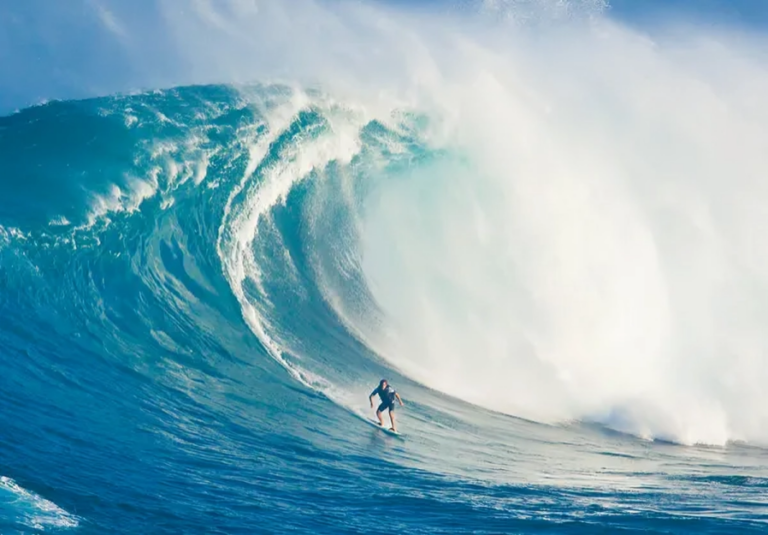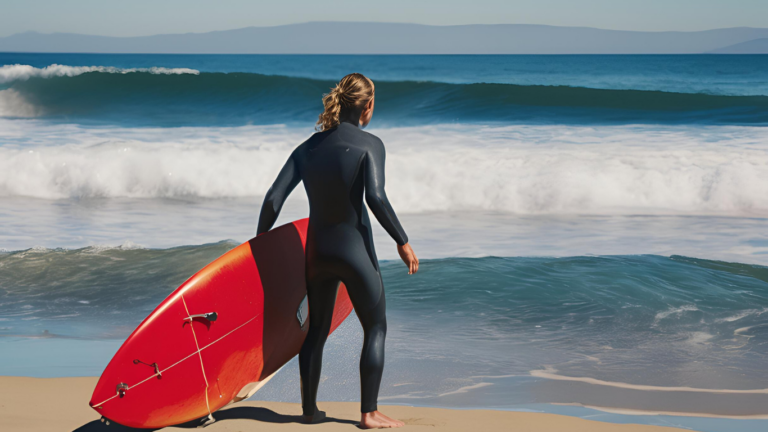Indoor Surfing in Japan: A Thrilling Experience in the Heart of the City
Indoor surfing in Japan has over the years emerged as the new sport for those that cannot have the coastal waves or do not afford the waves and would wish to practice in an enclosed area.
For the advanced surfers and Even for the first-time surfer as anyone who wants to surf, Japan has got several places for indoor surfing.
Want to know all about this phenomenon, where to find the best spots to surf in Japan including best indoor wave pools and their technology, how to get started and so on? So, this article is specially for you!
The Rise of Indoor Surfing in Japan
Japan is famous for inventions and merging of the traditional way of living with advanced technology. Indoor surfing has rapidly evolved and pushed and like any other fast-growing sport, witnessed tremendous popularity demands especially in the developed cities such as Tokyo and Osaka where direct access to the ocean is inconceivable.
Though weather conditions and seasonal waves differ greatly from one another, indoor surfing is all year round and without checking for a break.
Such facilities involve structures that generate waves close to the experience obtained while actually surfing on the ocean; therefore, riders can build their skills and even experience hazards without moving long distances. It has effectively converted surfing into an activity that can be practiced irrespective of weather.
So it is now possible to surf even in the middle of a central business district.
Why Indoor Surfing is Popular in Japan
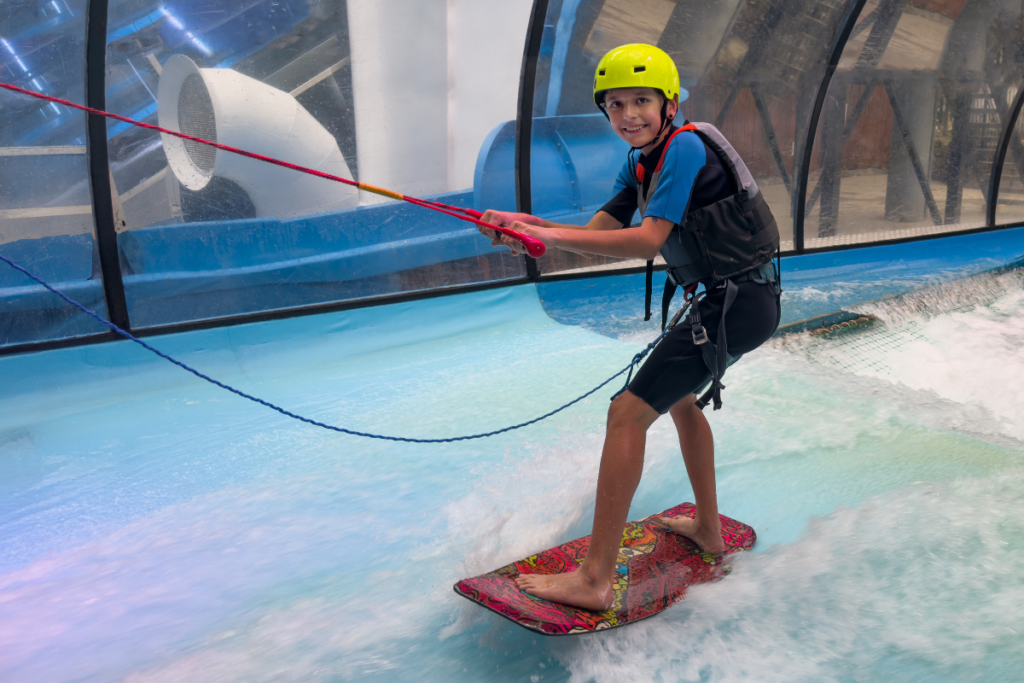
There are a few reasons why indoor surfing has gained momentum in Japan:
- Year-Round Surfing: Unlike traditional surfing, where weather plays a crucial role, indoor surfing offers the opportunity to surf regardless of the season or conditions.
- Urban Accessibility: With indoor surfing centers located in major cities, residents don’t have to travel to the coast, saving time and money.
- Perfect for Beginners: The controlled environment allows newcomers to learn how to surf in a safe setting. Wave heights and speeds can be adjusted according to skill level.
- Advanced Technology: Japan is home to cutting-edge wave-generating technology. This means riders experience realistic, high-quality waves that simulate ocean conditions almost perfectly.
Top Indoor Surfing Spots in Japan
Indoor surfing facilities are popping up across Japan, each offering something unique. Below is a list of some of the most popular indoor surfing spots:
1. Citywave Tokyo
Located in the heart of Tokyo, Citywave Tokyo is an indoor surfing haven. It provides consistent waves and a comfortable environment for surfers of all skill levels. Citywave Tokyo’s artificial waves can be adjusted in height and intensity, making it ideal for both beginners and experienced surfers alike.
- Location: Odaiba, Tokyo
- Wave Height: Adjustable (from 50 cm to 150 cm)
- Best For: Beginners to advanced surfers
- Special Features: Indoor viewing areas, equipment rentals, and expert coaching available.
2. Surf Stadium Japan
Surf Stadium is another fantastic option for those in Japan looking to surf indoors. Located in Chiba Prefecture, just outside of Tokyo, Surf Stadium is perfect for surfers seeking consistent wave conditions and excellent facilities.
- Location: Chiba, Japan
- Wave Height: Up to 180 cm
- Best For: Intermediate and advanced surfers
- Special Features: Realistic wave pools, onsite surf shop, and regular competitions.
3. Okinawa Surf Park
While Okinawa is known for its beautiful beaches, Okinawa Surf Park offers a controlled environment for those who want to practice their surfing skills indoors. It’s one of the most comprehensive indoor surfing facilities in Japan, featuring various wave settings and a range of services.
- Location: Naha, Okinawa
- Wave Height: Customizable waves for all levels
- Best For: All skill levels
- Special Features: Yoga and fitness sessions, surf coaching, and family-friendly environment.
The Technology Behind Indoor Wave Pools
Indoor wave pools rely on advanced hydraulic systems and water pumps to create surfable waves. The technology behind these artificial waves is impressive, allowing for precise control over wave height, speed, and frequency.
Here are some features of the technology behind indoor surfing pools:
- Adjustable Wave Heights: Indoor wave pools can be adjusted to suit the rider’s skill level. This makes it perfect for both beginners and pros.
- Continuous Waves: Unlike natural waves that break and disappear, artificial waves are continuous, providing more riding time.
- Energy-Efficient Design: New technologies have made indoor wave pools more energy-efficient, using advanced hydraulics and water recycling systems.
Indoor Surfing vs. Outdoor Surfing: A Comparison
Many surfers wonder how indoor surfing compares to the real deal. Here’s a table that highlights the differences between indoor and outdoor surfing:
| Factor | Indoor Surfing | Outdoor Surfing |
| Wave Consistency | Consistent, controllable waves | Varies depending on weather and location |
| Accessibility | Available year-round, regardless of weather | Dependent on ocean conditions and season |
| Skill Levels | Adjustable waves for all skill levels | Waves vary, not always suitable for beginners |
| Cost | Set entry fees for sessions | Varies by location and equipment required |
| Natural Elements | No natural elements like wind or tides | Influenced by natural weather patterns |
Tips for Indoor Surfing in Japan
Whether you’re new to surfing or looking to improve your skills, here are a few tips to help you get the most out of your indoor surfing experience in Japan:
- Start Slow: If you’re a beginner, start with lower, slower waves. This will allow you to get a feel for the board and balance.
- Take Lessons: Many indoor surfing facilities offer expert coaching. Taking a lesson from a professional will speed up your learning curve.
- Focus on Balance: Indoor surfing often feels different from ocean surfing due to the continuous waves. Focus on your stance and balance to improve your overall technique.
- Wear the Right Gear: While indoor surfing pools are climate-controlled, wearing a good wetsuit or rash guard can enhance comfort, especially during longer sessions.
- Hydrate and Rest: Surfing, even indoors, is a physically demanding sport. Make sure you stay hydrated and take breaks between sessions.
Indoor Surfing for Beginners in Japan
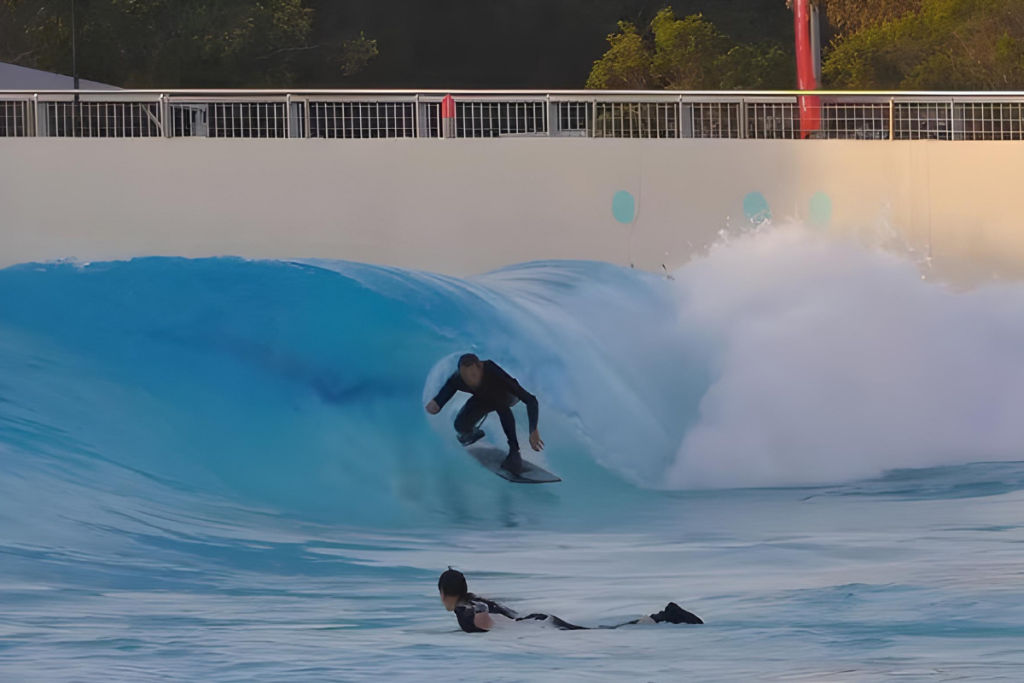
For beginners, indoor surfing offers a fantastic introduction to the world of surfing. Many indoor surfing centers in Japan provide lessons that cater specifically to newcomers. With a controlled environment, adjustable wave height, and professional instructors available, indoor surfing allows novices to build confidence before heading to the ocean.
Some things to keep in mind as a beginner:
- Learn the Basics: Before jumping into the waves, make sure you understand the basic stance and techniques. Instructors will usually go over this before you start.
- Don’t Be Afraid to Fall: Falling off the board is part of the learning process. Indoor waves are designed to be safe, so don’t worry about taking a tumble.
- Progress Gradually: As you gain confidence, you can gradually increase the wave height and intensity. Don’t rush the process—focus on technique before tackling larger waves.
Conclusion: Surf the Future in Japan
Indoor surfing is transforming how people experience the sport in Japan. By providing year-round, controlled access to high-quality waves, these facilities are making surfing more accessible than ever. Whether you’re a seasoned surfer looking to hone your skills or a complete beginner, Japan’s indoor surfing spots offer something for everyone. As technology continues to evolve, the indoor surfing experience will only get better, making it an exciting time to catch a wave—indoors.
So, grab your board, head to one of Japan’s indoor surfing centers, and get ready to ride the wave of the future!
